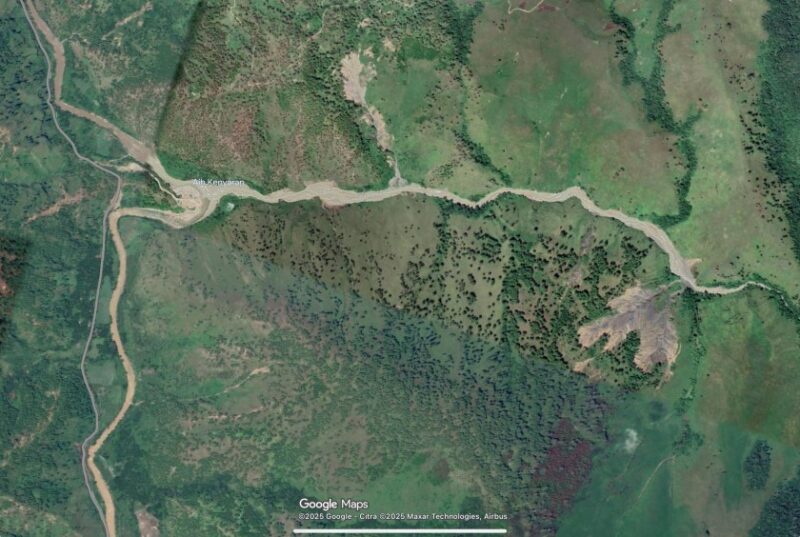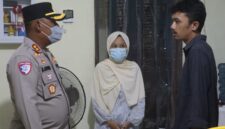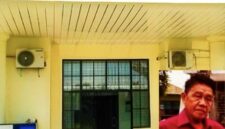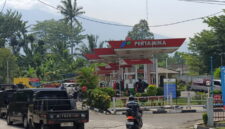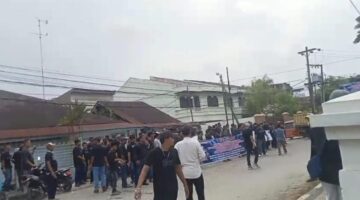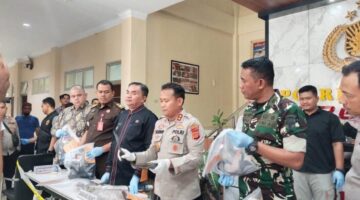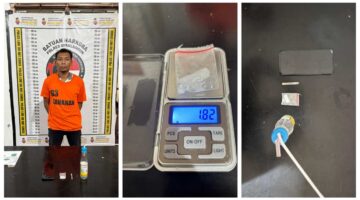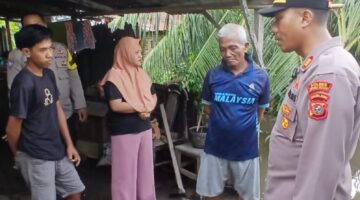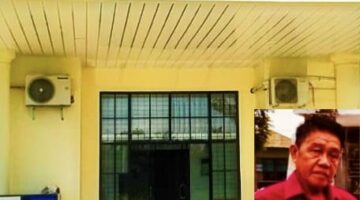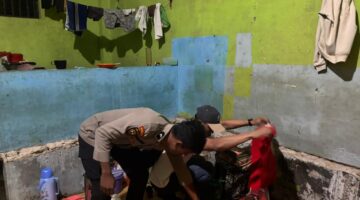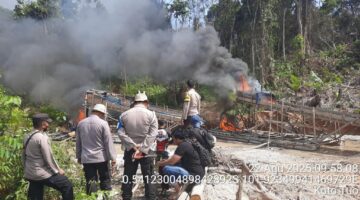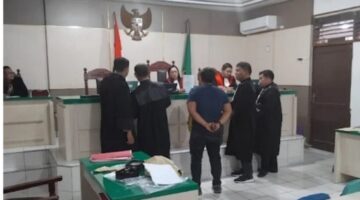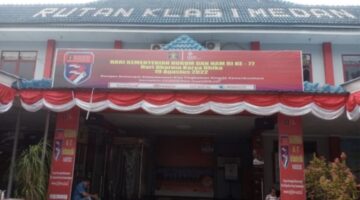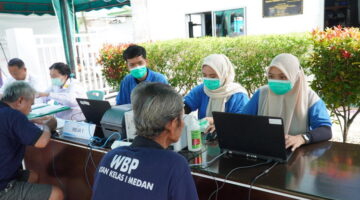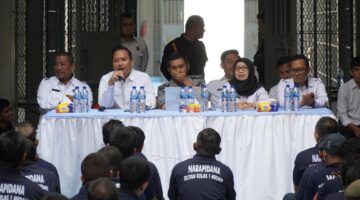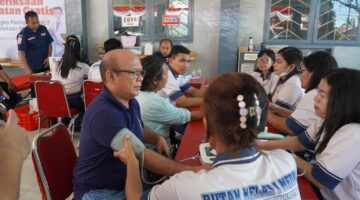Blangkejeren, Aceh – The gold mining exploration project by PT Gayo Mineral Resource (GMR) in the forested highlands of Pantan Cuaca, Gayo Lues Regency, Aceh, has ignited fierce criticism from environmental watchdogs. The company is accused not only of causing environmental damage in a protected forest area, but also of offering no tangible benefit to the local communities directly impacted by the operation.
According to Abdiansyah SST, Secretary of the Leuser Aceh Institute, the project was marred from the beginning by a lack of transparency and public participation. Residents, he said, were never informed or consulted before the company began deploying heavy machinery into the forest.
“We saw no proper public outreach. The community was left in the dark—then suddenly, the forest was being cleared, trees were felled, and excavators rolled in. This is a blatant disregard for the rights of indigenous communities and environmental protection,” said Abdiansyah on Saturday, June 21, 2025.
ADVERTISEMENT

SCROLL TO RESUME CONTENT
The environmental damage, he continued, is now rapidly expanding. Hillsides are being forcibly opened, forest vegetation is vanishing, and natural water flows are disrupted. The mine’s proximity to the Blangkejeren–Takengon national road also raises serious landslide concerns, particularly during the rainy season.
Adding to the alarm, previously installed signs marking the area as protected forest have reportedly disappeared. There is growing suspicion that these signs were deliberately removed to obscure the legal status of the land and its designation as conservation forest.
PT GMR, headquartered in Jakarta, claims to hold legal authority for its activities through Decree No. 263/2025 issued by the Minister of Forestry on May 16, 2025, which allegedly grants them exploration rights in a protected area. However, this document is nowhere to be found on the official website of the Ministry of Environment and Forestry (KLHK) or Indonesia’s national legal documentation portals, casting serious doubt over its authenticity.
“If this permit is legal, why isn’t it made public? Why is it inaccessible to the people? This raises the possibility that the company is hiding behind a veil of legality to justify unlawful activities,” Abdiansyah added.
Beyond the legal and environmental concerns, the most pressing criticism lies in the complete lack of community benefit. To date, local residents have not seen a single contribution from PT GMR—no public facilities, no job training, no social assistance, and no trace of corporate social responsibility (CSR) programs.
“We ask: what has this company given to the people? The answer is nothing. All we have are anxieties, the looming threat of disaster, and a forest bleeding at its roots,” he declared.
Abdiansyah reminded that investment in natural resource sectors must be closely monitored and should include strong community engagement, especially when such projects encroach upon fragile ecosystems and conservation zones.
As part of the civil society movement devoted to forest preservation, he called on KLHK and all relevant agencies to immediately conduct a field investigation, make all permits public, and halt operations if any violations are uncovered.
“The state must show up. Don’t wait until disaster strikes before taking action. If this continues unchecked, the legacy we pass on won’t be gold—it will be water shortages, landslides, and a vanished forest,” he warned.
As of the publication of this report, PT GMR has yet to respond to mounting allegations. Requests for clarification sent via letter and email remain unanswered by the company. (Team)




